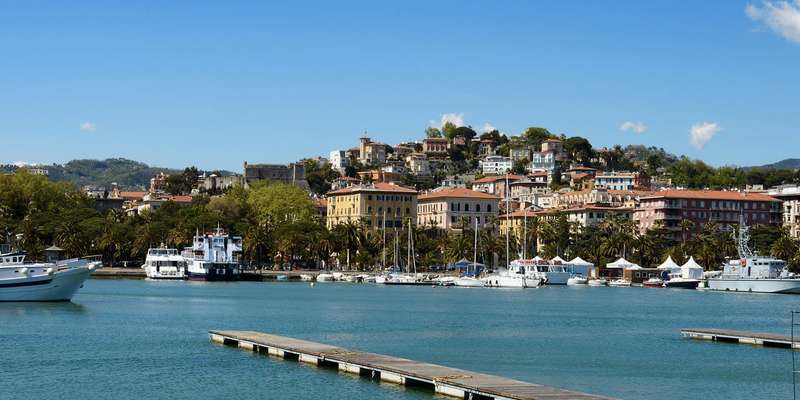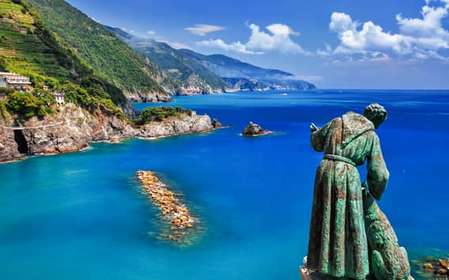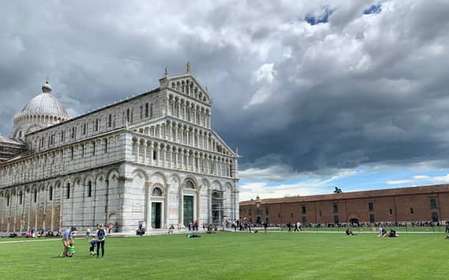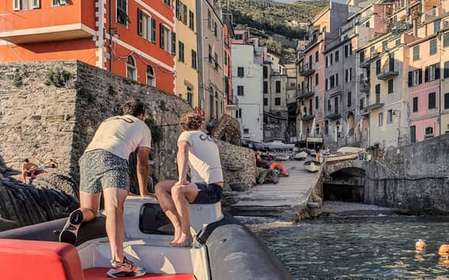- Home
- Useful Tips
- Visiting La Spezia during the offseason
Most travelers associate Italy's Ligurian coast with summer crowds and booked-out hotels, leaving La Spezia overlooked as just a gateway to Cinque Terre. Yet visiting this naval city between November and March reveals an authentic Italian experience few tourists witness. Over 78% of visitors cram into June-August, creating inflated prices and queues at every landmark. Offseason travelers face a different challenge: finding reliable information about what remains open, how to navigate reduced ferry schedules, and discovering the cultural gems that make winter visits uniquely rewarding. The quiet streets and local-focused atmosphere transform La Spezia from a transit hub into a destination where you can chat with fishmongers at the morning market, sip espresso beside Italian naval officers, and enjoy Liguria's legendary pesto without reservation stress.


Navigating reduced transport to Cinque Terre
Winter brings significant schedule changes to the boats and trains connecting La Spezia to Cinque Terre villages, leaving many visitors stranded with outdated information. The key lies in understanding regional transport patterns rather than relying on summer timetables. Ferries operate on limited routes (typically only to Portovenere and Lerici), while trains run hourly but with occasional cancellations due to maintenance. Smart travelers use the Trenitalia app for real-time updates and build buffer time between connections. Locals recommend focusing on one or two villages per day rather than attempting the classic five-town hike, as reduced daylight and unpredictable trail closures make ambitious itineraries impractical. The silver lining? You'll experience Vernazza's colorful houses reflected in winter rain puddles without the usual Instagram crowds.
Weatherproof cultural gems most miss
When Liguria's famous coastal walks become slippery adventures, La Spezia reveals its underrated indoor treasures. The Technical Naval Museum showcases intricate ship models that maritime enthusiasts will adore, while the Amedeo Lia Museum's Renaissance art collection rivals Florence's galleries in quality if not scale. For hands-on experiences, book a pesto-making class at a local enoteca where winter basil grown in nearby greenhouses retains its summer flavor. Theater lovers should check the schedule at Teatro Civico, where occasional English-subtitled performances offer cultural immersion. These activities solve the core offseason dilemma - how to fill days when beach weather isn't guaranteed - while providing deeper connections to Ligurian traditions than any sun-soaked July visit could offer.
Where locals eat when tourist spots close
The offseason reveals La Spezia's true culinary scene, where restaurants cater to residents rather than day-trippers. Skip the shuttered tourist traps near the cruise terminal and head to Via del Prione for family-run trattorias serving pansotti pasta with walnut sauce, a winter specialty. The morning fish market at Piazza Cavour becomes a spectacle of Mediterranean seafood you can have cooked to order at adjacent bacari wine bars. Budget-conscious travelers will appreciate the €10-15 fixed lunch menus (menu del giorno) at worker-friendly spots like Trattoria La Pia, where heaping plates of trofie al pesto come with harbor views. Remember that many restaurants close Sunday evenings and Mondays in winter, making a well-stocked Airbnb kitchen your best backup plan.
Smart accommodation choices for winter comfort
Choosing where to stay in La Spezia's offseason requires different priorities than summer visits. Central heating becomes more valuable than sea views, making renovated apartments in the pedestrianized city center ideal. Look for buildings with double-glazed windows to mute the occasional winter storms rolling in from the Gulf of Poets. Several boutique hotels near the train station offer discounted winter rates while maintaining easy access to day trips. A local secret: Some agriturismos in the surrounding hills remain open year-round, providing cozy retreats with fireplaces and kitchenettes perfect for longer stays. These options solve the core winter travel problem - finding comfort after days spent exploring in cooler temperatures - without sacrificing authentic Italian charm.



